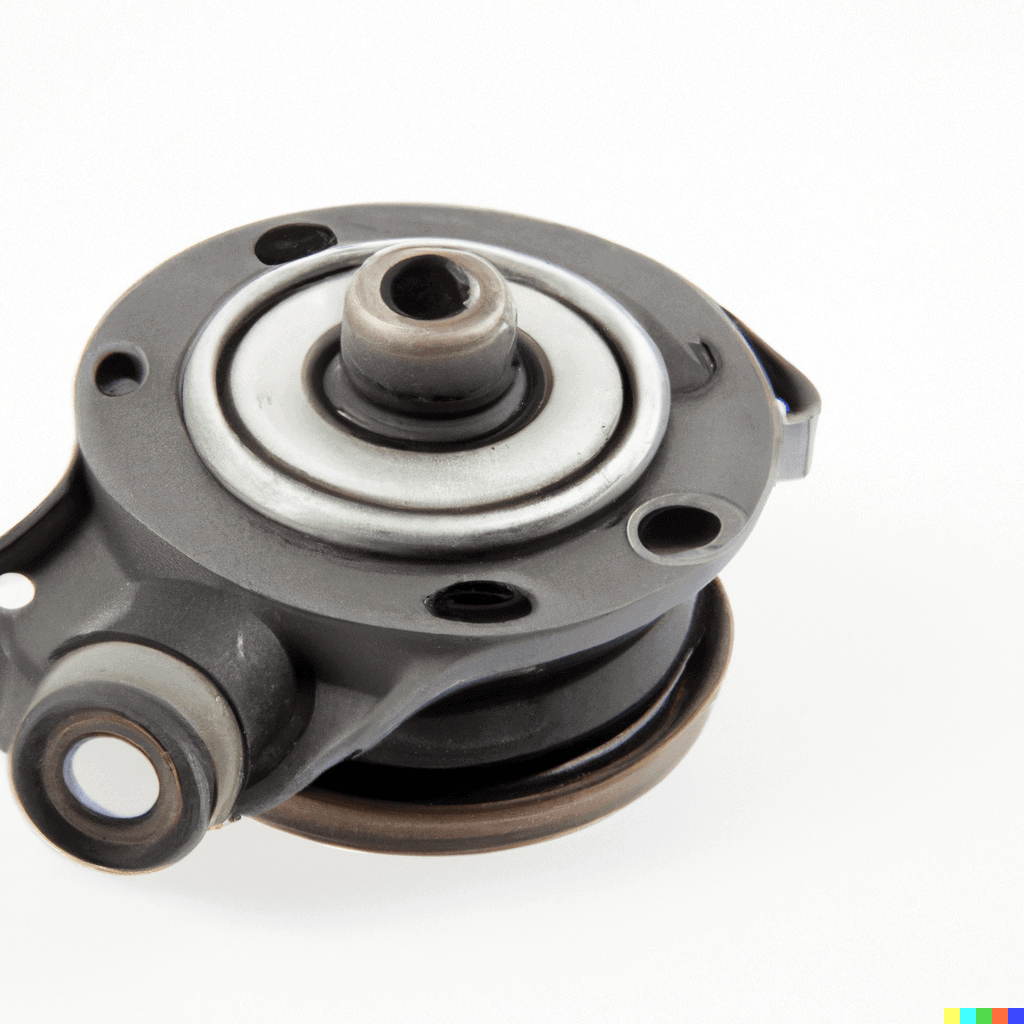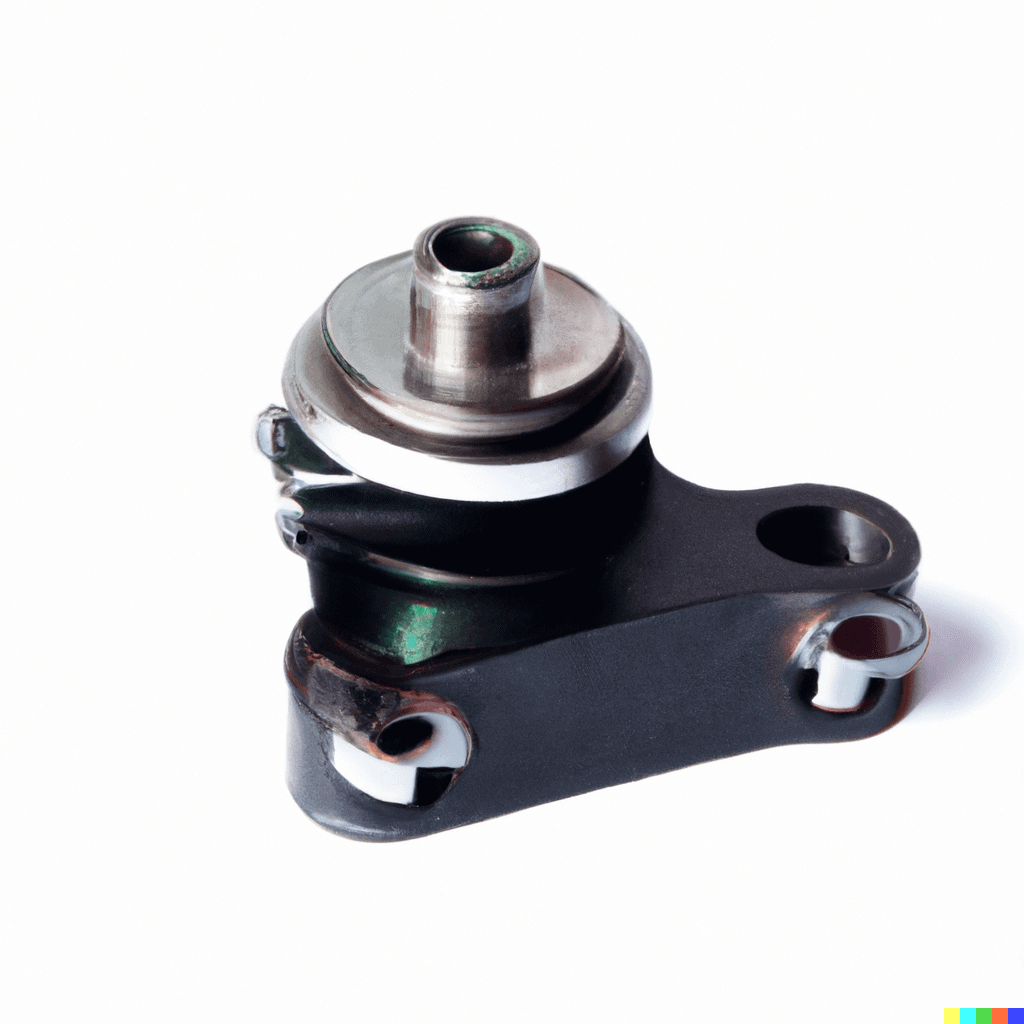If you’re experiencing issues with your car’s serpentine belt, it could be due to a faulty belt tensioner assembly. This component is responsible for maintaining the correct tension on the belt, which is essential for proper functioning of various engine components. In this article, we’ll take a closer look at what a belt tensioner assembly is, how to recognize signs of a faulty assembly, and how to replace it.
What is a Belt Tensioner Assembly?
A belt tensioner assembly is a component that maintains tension on the serpentine belt, which drives various engine components such as the alternator, power steering pump, and air conditioning compressor. The assembly consists of a pulley, spring-loaded arm, and hydraulic or mechanical damper that work together to maintain the correct tension on the belt.

How Much Will it Cost to Replace a Belt Tensioner Assembly in Canada?
The cost of replacing a belt tensioner assembly in Canada can vary depending on the make and model of your vehicle, as well as the mechanic you choose. On average, you can expect to pay between $150 and $500 CAD for parts and labour. The labour time can take anywhere from 1 to 2 hours depending on the complexity of the repair.
What are the Symptoms of a Faulty Belt Tensioner Assembly?
Here are some common symptoms of a faulty belt tensioner assembly:
• Squeaking or chirping noise coming from the engine
• Belt slipping or coming off
• A loose or wobbly belt
• Difficulty starting the car
• Dimming headlights or other electrical issues
• Engine overheating
How Long Does a Belt Tensioner Assembly Last?
A belt tensioner assembly can last anywhere from 100,000 to 150,000 kilometers or longer, depending on driving habits and maintenance. However, it’s important to keep an eye out for signs of wear and tear and address any issues promptly to avoid further damage to the serpentine belt and other components.
How does a Belt Tensioner Assembly Become Defective?
A belt tensioner assembly can become defective due to normal wear and tear over time, as well as exposure to high temperatures and contaminants. Lack of regular maintenance or driving in extreme conditions can also contribute to premature failure.
How A Faulty Belt Tensioner Assembly can affect other systems in the car?
A faulty belt tensioner assembly can affect other systems in the car, particularly the electrical system. If the belt slips or comes off, it can cause issues such as dimming headlights, weak battery, and difficulty starting the car. In addition, a loose or wobbly belt can cause damage to other engine components and potentially lead to engine overheating.
Is it Safe to Drive with a Faulty Belt Tensioner Assembly?
Driving with a faulty belt tensioner assembly is not recommended, as it can cause damage to the serpentine belt and other engine components, potentially leading to costly repairs. Additionally, a loose or wobbly belt can cause issues with the car’s electrical system and potentially lead to engine overheating, which can be a safety hazard while driving.
How Can I Make My Belt Tensioner Assembly Last Longer?
Here are some tips to help prolong the life of your belt tensioner assembly:
Regular maintenance
Follow the manufacturer’s recommended maintenance schedule for your vehicle, including regular inspections of the belt tensioner assembly.
Use quality parts
When replacing the belt tensioner assembly, make sure to use high-quality parts that are designed to last.
Avoid over-tightening
Over-tightening the belt can put extra stress on the tensioner assembly and cause premature wear and tear. Make sure to follow the manufacturer’s recommended belt tension specifications.
Avoid extreme temperatures
Extreme temperatures can cause the tensioner assembly to wear out faster. Try to avoid driving in extremely hot or cold conditions whenever possible.
Address issues promptly
If you notice any signs of a faulty belt tensioner assembly, such as unusual noises or belt slippage, address the issue promptly to avoid further damage to the engine and other components.

Conclusion
The belt tensioner assembly plays an important role in keeping your engine running smoothly. If you notice any signs of a faulty belt tensioner assembly, such as unusual noises or belt slippage, it’s important to address the issue promptly to avoid further damage to the engine and other components. With proper maintenance and care, you can help prolong the life of your belt tensioner assembly and keep your car running smoothly.
